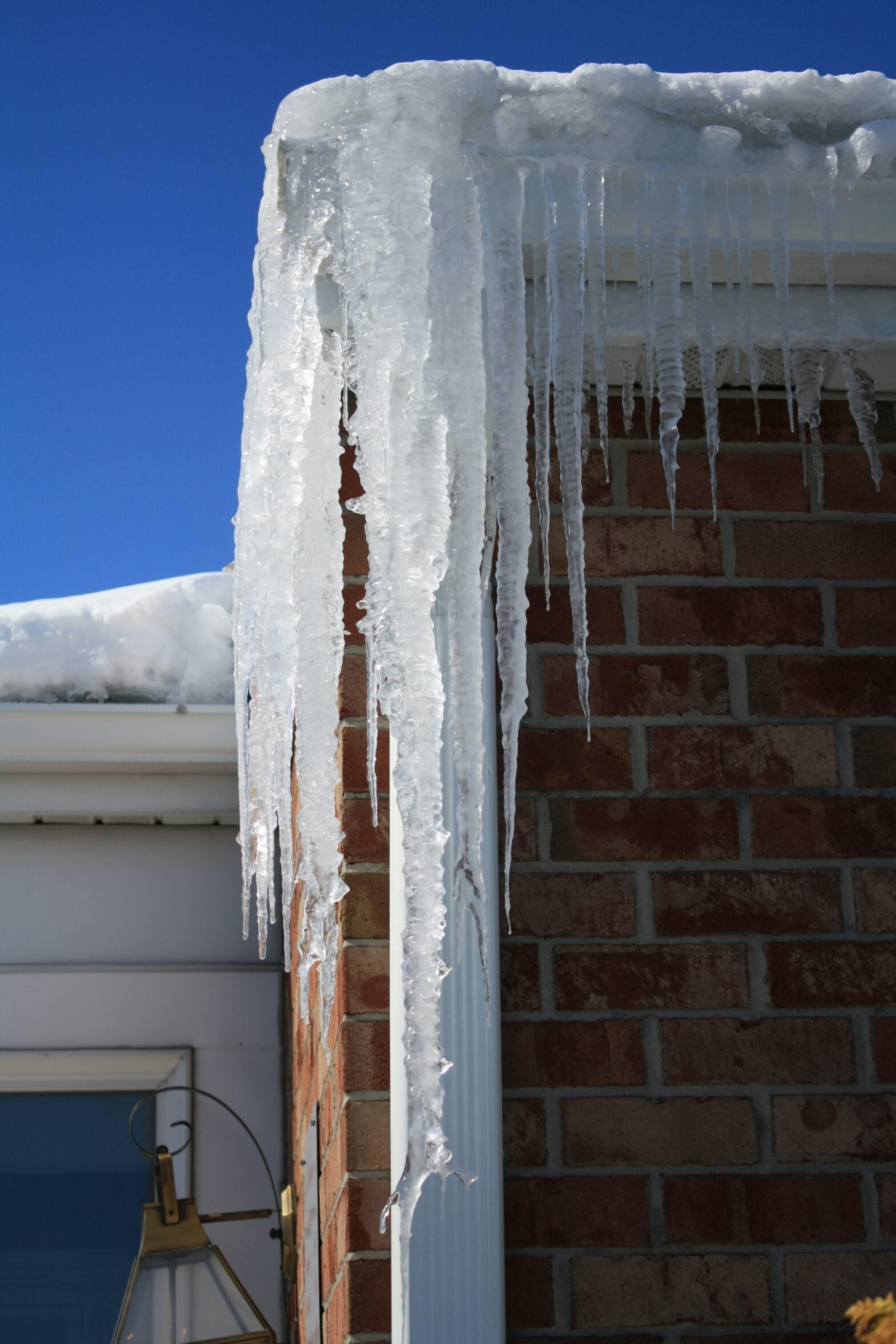Dorothy Lawrenson: I enjoy the opportunities that Scots sometimes offers for bringing the archaic into conversation with the contemporary. Here, the medieval concept of the wappenschaw – a muster of armed men – finds a modern echo in the image of the lads brandishing ‘light-sabres’ made of ice. This is another poem that goes back to my childhood beside the river Tay; I used to walk under the brick-built part of the Tay Rail Bridge every day on the way to school, marvelling at the one or two huge icicles that would hang there in the winter – until kids knocked them down!
Carlos Llaza: The physical immediacy of the Scots leid is one of the greatest challenges for the translator. Being much wordier, Spanish lacks actions such as ‘chuck’ or ‘ding doon’, and nouns like ‘dreeps’ or ‘wrack’. ‘The Muckle Schockle’, just like the object itself, deals with transience and permanence. The arch ‘ringin wi vyces’ reverberates throughout the poem, until the frightening ‘skimes o ice’ transform into ‘shables o licht’. Inevitably, the Spanish rendition has a much softer sound. However, ‘carámbano’ allows for certain reverberation.
Scroll down to see a video of poet and translator reading this poem, with English subtitles.
The Muckle Shockle
bi Dorothy Lawrenson
The brick-biggit airch
wis ringin wi vyces
o lads that wis daffin
an chuckin stanes
at the muckle shockle:
thon gey wark o dreeps
– a stalactite o ice
if ilka drap stuid
for a hunner year –
wis gart shoogle and dirl
and dingit doon
in an oor.
Fleggit bi fawin
skimes o ice
the boys wis soon again
rypin the wrack
tae mak a wappenshaw
o shables o licht.
El Gran Carámbano
traducido al español por Carlos Llaza
El arco de ladrillos
timbraba con voces
de chicos jugando
y tirando piedras
al gran carámbano:
esa obra del goteo
– estalactita de hielo
si cada gota permaneciera
por cien años –
hecha para que tiemble y timbre
fue derribada
en una hora.
Temerosos de los destellos
de hielo que caían
los muchachos volvieron
para saquear el desastre
y mostrar el poderío
de sables de luz.
The Big Icicle
translated into English by Dorothy Lawrenson
The brick-built arch
was ringing with voices
of lads who were playing
and chucking stones
at the big icicle:
that great work of drips
– a stalactite of ice
if every drop stood
for a hundred years –
was made to shake and ring
and knocked down
in an hour.
Frightened by falling
flashes of ice
the lads were soon back
plundering the wreckage
to make a wappenshaw
of sabres of light.

Superb! I am amzed how well this transforms into Spanish – the wonderful sounds of ‘al gran carambano’ – ‘que tiemble y timbre’ – ‘sables de luz’ !
The Scots, of course, is very appealing: perhaps because I have seen other ‘lads . . . daffin / an chuckin stanes’ in much the same way. A vivid and authentic picture. The introduction of a ‘wappenschaw’ takes us by surprise, and emphasises the timelessness of this kind of incident.